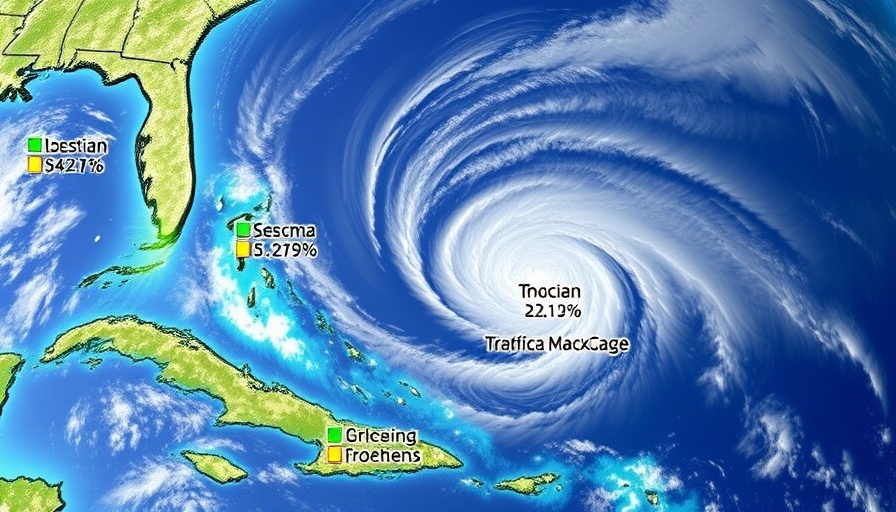
Why Offshore Drilling Poses a Threat to the Atlantic Coast
As debates ignite over the administration's renewed push for offshore drilling, residents and leaders from coastal communities stand firmly against it. This opposition isn't merely a local issue; it reflects a broader sentiment across the nation, particularly within the Carolinas where the impacts of such drilling could be devastating.
Historical Context: The Fight Against Offshore Drilling
In 2018, amidst the Trump administration's push to open the Atlantic Coast for drilling, a collective voice arose. Both the public and politicians rallied against this plan, citing concerns about environmental degradation and economic impacts on local communities. Over a hundred towns issued formal resolutions to vehemently oppose drilling, illustrating the strong bond between residents, elected officials, and environmental advocates.
The Fragile Ecosystem of the Atlantic Ocean
The Atlantic isn't just a body of water; it's a rich ecosystem teeming with life, including endangered species like the North Atlantic right whale and various kinds of sea turtles. The ongoing threats these animals face from climate change and pollution could be significantly exacerbated by the introduction of offshore drilling. The potential for irreversible damage raises the stakes immensely.
A Multi-Faceted Perspective: Environmental, Economic, and Social Impacts
The consequences of offshore drilling extend beyond immediate environmental concerns. Communities rely on vibrant marine life for their economies, especially in fishing and tourism. The onshore infrastructure required to support drilling operations not only adds pollution but can also induce economic shifts that hurt local businesses reliant on clean coastlines and recreational activities.
Voices from the Community: A Unified Opposition
The resistance to offshore drilling in the Carolinas highlights a unique political landscape. While it’s easy to assume such issues are divisive, many Republican lawmakers joined their Democratic counterparts in defending their coastal environments. Across party lines, the message remains unchanged: community well-being and environmental health outweigh potential profits from oil extraction.
Forecasting the Future: What Lies Ahead?
Looking ahead, the future of the Atlantic waters under the threat of offshore drilling remains uncertain. However, the resolve of coastal communities suggests a strong possibility of continued grassroots pushback against such initiatives. As climate change further deteriorates marine ecosystems, the call for sustainable renewable energy sources will intensify, spotlighting the necessity for balanced energy policies.
Call to Action: Support Local Conservation Efforts
Communities continue to gather strength through advocacy and collaboration. The fight against offshore drilling is not just about resisting drilling; it's about instilling a legacy of conservation and resilience. Supporting local environmental groups can bolster these efforts and ensure the protection of fragile ecosystems along the Atlantic Coast.
 Add Row
Add Row  Add
Add 




Write A Comment